Contributed by –

Photogrammetry is the use of photography in surveying and mapping. It’s used to measure distances between objects, and photogrammetry software can utilize images to create 3D renderings. While in its early days it was used mostly for topographic mapping, it’s recently been used in a number of unexpected ways.
Because photogrammetry software is so efficient, we’re seeing more and more businesses across industry lines taking on this technology for themselves. This tech development is allowing the application of photogrammetry in the never-before thought of ways that make daily life easier for those in these industries. Let’s look into some of the most common businesses uses of photogrammetry today.
Engineering
Since photogrammetry is so dependent on accurate measurements, it’s no surprise that one of the first industries to adopt this technology is engineering. When building complex structures, buildings, or other feats of technology, everything needs to be as accurate as possible.
By using photographs from drones, engineers are able to evaluate a construction project on a step-by-step basis to ensure everything runs smoothly. Another valuable way to utilize this technology in this industry is to show clients and construction workers perspective images. Thanks to 3D renderings, it’s easier than ever to create in-progress visuals or prospective results.
Land Surveying
An industry that’s been booming in the past few years is land surveying. Land surveying is a way of using science, measurements, and technology to determine the surface of the Earth. This information is used by construction crews, architects, and even local governments to decide property boundaries, building planning, or just data analysis.
Photogrammetry and land surveying have a lot of overlap, and that’s why so many in this industry are incorporating this technology into their practice. While satellite imagery has been the go-to for years, drones are able to take much more accurate images of things like contours and landmasses.
Land surveyors can utilize photogrammetry to make more accurate measurements. This research can be applied in broader ways, benefiting the entire community.
Forensics
While it might not seem like photogrammetry would have anything to do with crime scene investigation and forensics, that’s actually not true. This growing trend is most often applied to traffic accidents and accidental injury cases. Knowing all the tiny details in these cases is key, and photogrammetry can help document the precise measurements of the scene of a crime is helpful in a court of law.
We’re also seeing a surge in photogrammetry experts and lawyers. These experts are skilled at interpreting these photo models, and they can help both inside and outside of the courtroom.
Real Estate
Because so many home buyers are relying on an online listing to find new homes, real estate agents are tasked with the challenge of creating striking visuals about their properties. Modern drone and photogrammetry techniques make it easier to create clear, accurate images of homes without spending extensive time or money.
A buyer is more likely to consider a how they can see from all angles clearly. This creates a virtual buying experience that we haven’t seen before in the real estate market, but it’s a cost-effective way for both buyers and sellers to cut down time a home is spent on the market.
Film and Entertainment
Filmmakers have relied on 3D modeling for years, and we’re starting to see photogrammetry fill this demand for accurate measurements in worldbuilding. One of the first movies to utilize photogrammetry is the ultra-popular Fight Club. Another modern example is The Matrix.
Using photogrammetry allows filmmakers more freedom in set design. They might use 3D renderings to plan a complex set before filming, or it might become a part of the editing process altogether.
Photogrammetry is also being used in video games to create high-quality art assets and realistic environments. It’s undeniable that this technology is improving the way creatives build sets, games, and photo-realistic situations.
Sports
Both professional and amateur sports are benefiting from photogrammetry. Athletes can improve their performance by capturing and developing a virtual training system. This uses the tracking of body movements. It can record even the smallest details, like the angle of shoulder orientation.
One of the most common ways this technology has benefited sports is for outdoor recreation like hiking and climbing. These all rely on accurate topographic maps, and photogrammetry has been responsible for these for decades. More remote areas of the world are able to be mapped through new techniques, and that means they’re now open to athletes.
While photogrammetry has been around since the 19th century, we’re just starting to see how many ways it can be applied to benefit all types of industries. It’s surprising to see just how this technology is being used today, but it’s not slowing down any time soon. Only time will tell how it’s used next.


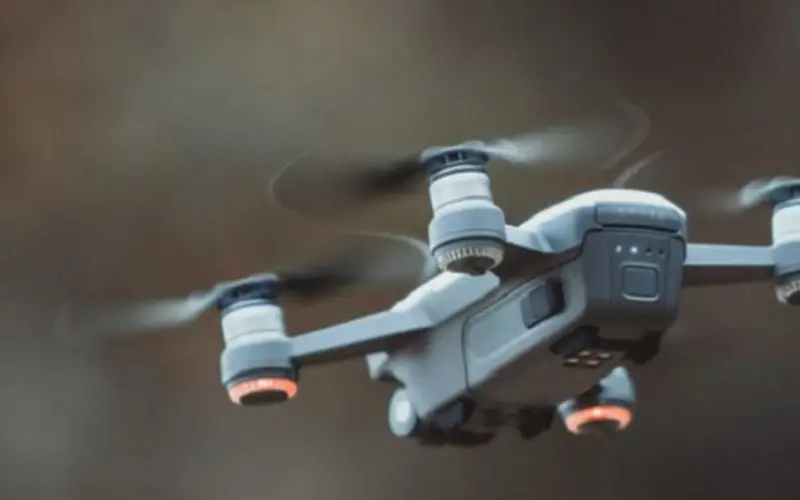
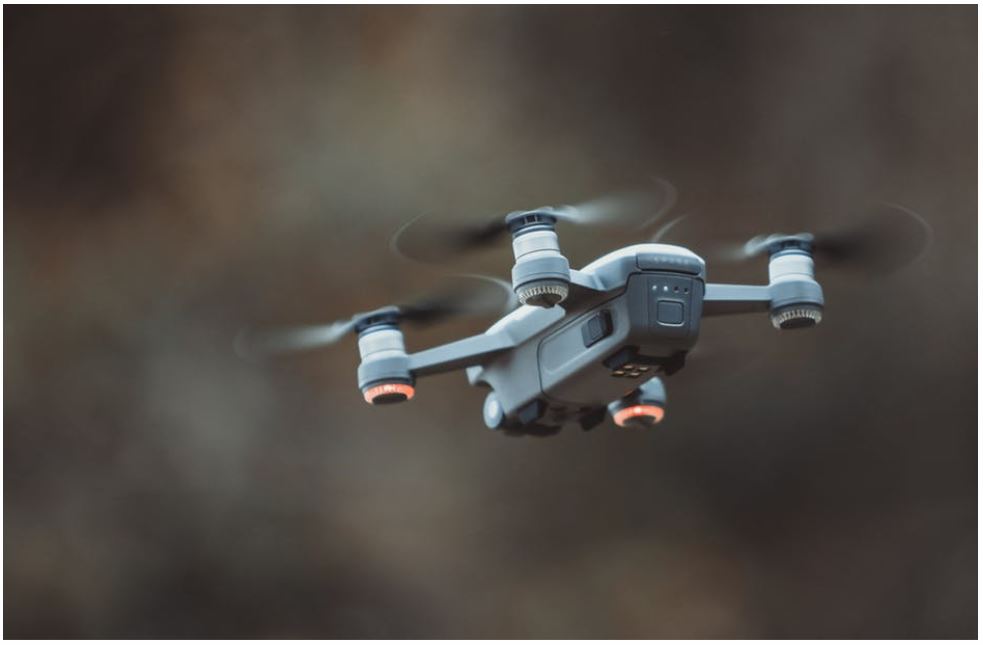

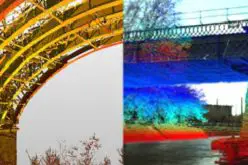
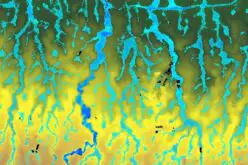


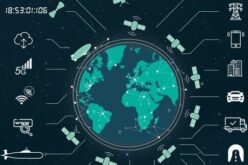
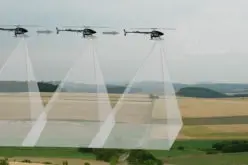
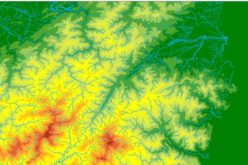

What is the usefulness of topographic map in photogrammetry?
thanks .
The use of photogrammetry today has expanded significantly, parallel to the daily improvement in drone capabilities. The possibilities they offer are countless; the challenge today is balancing their use with the right to privacy.